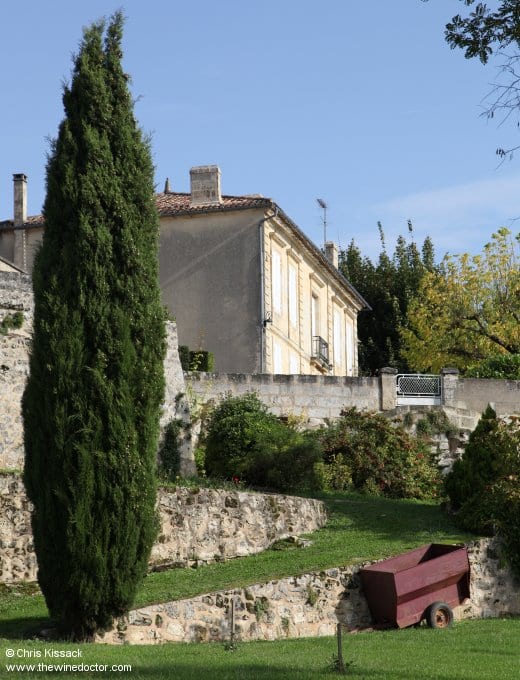Château Beauséjour
I think the only way to begin this profile of Château Beauséjour is with a little clarification. There are, perhaps unsurprisingly, a number of domaines in Bordeaux, and further afield, that go by the name of Château Beauséjour. There is only one that has carried the permanent suffix of Héritiers Duffau-Lagarrosse, however, and it is this particular Beauséjour that is the subject of this profile.
The domaine with its suffix was born in the 19th century when the original Château Beauséjour was divided between a brother and sister. The brother’s half was the origin of what we know today as Château Beau-Séjour Bécot, while the sister’s half retained the original name of Château Beauséjour. It has been to avoid confusion between the two halves of the estate (which was surely a problem early on, before the Bécot family arrived, when both châteaux were known simply as Beauséjour) and of course with all the other châteaux of the same name, that the héritiers suffix entered common usage.
This profile explores the history and modern story of Château Beauséjour, and because of the shared origins it has much in common, to begin with at least, with my profile of Château Beau-Séjour Bécot, so if you have read that profile in the last five minutes the next few paragraphs are going to feel very familiar. I begin first with the origins of the estate, which lie with a religious order tending vines in the shadow of the Église St Martin on the edge of St Emilion.

